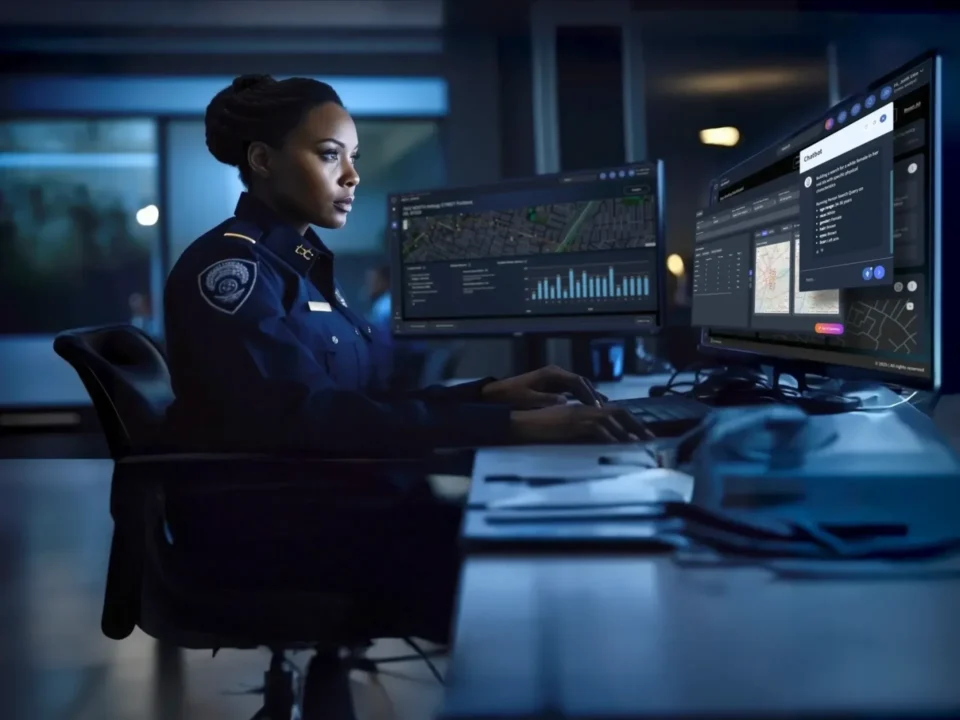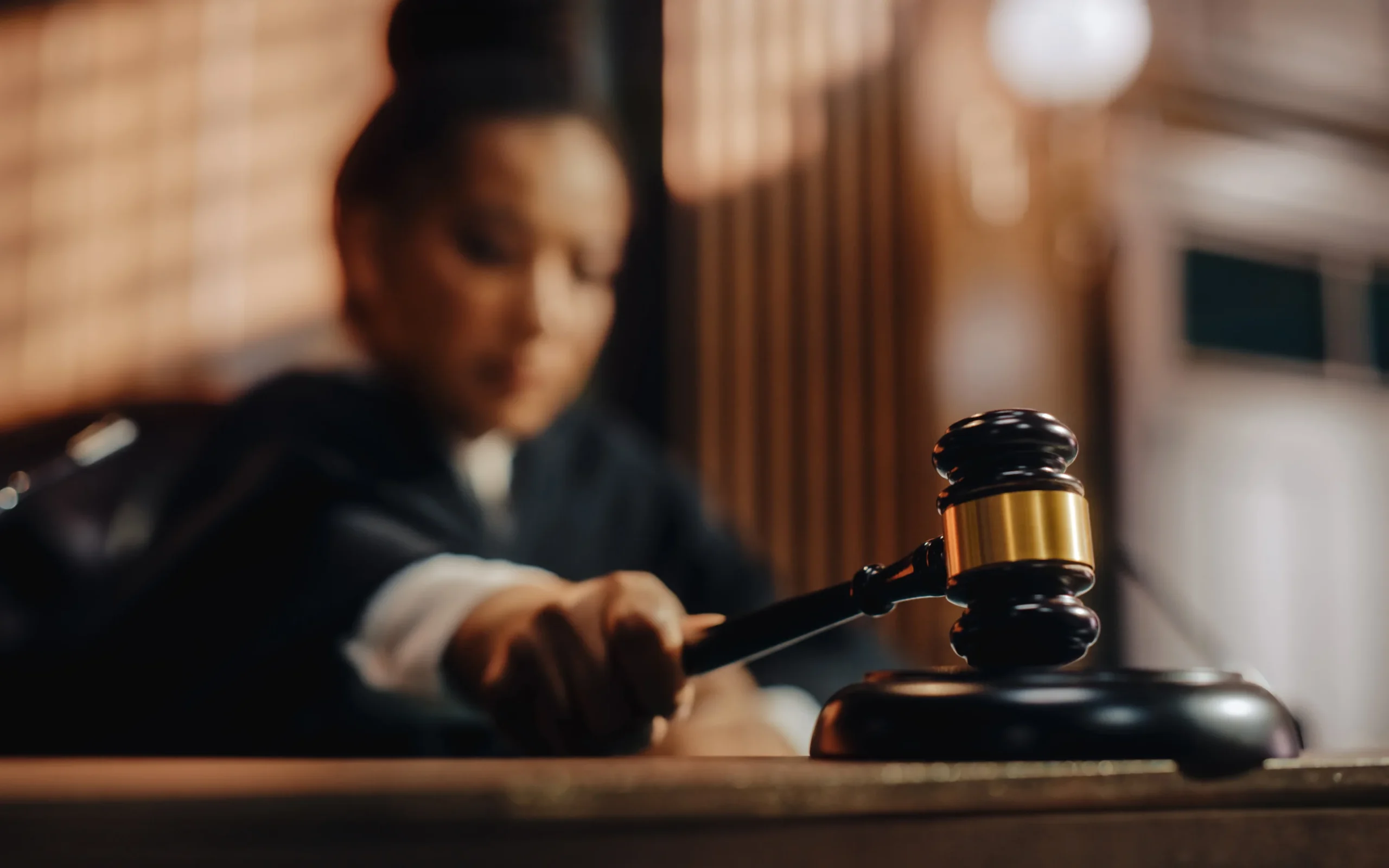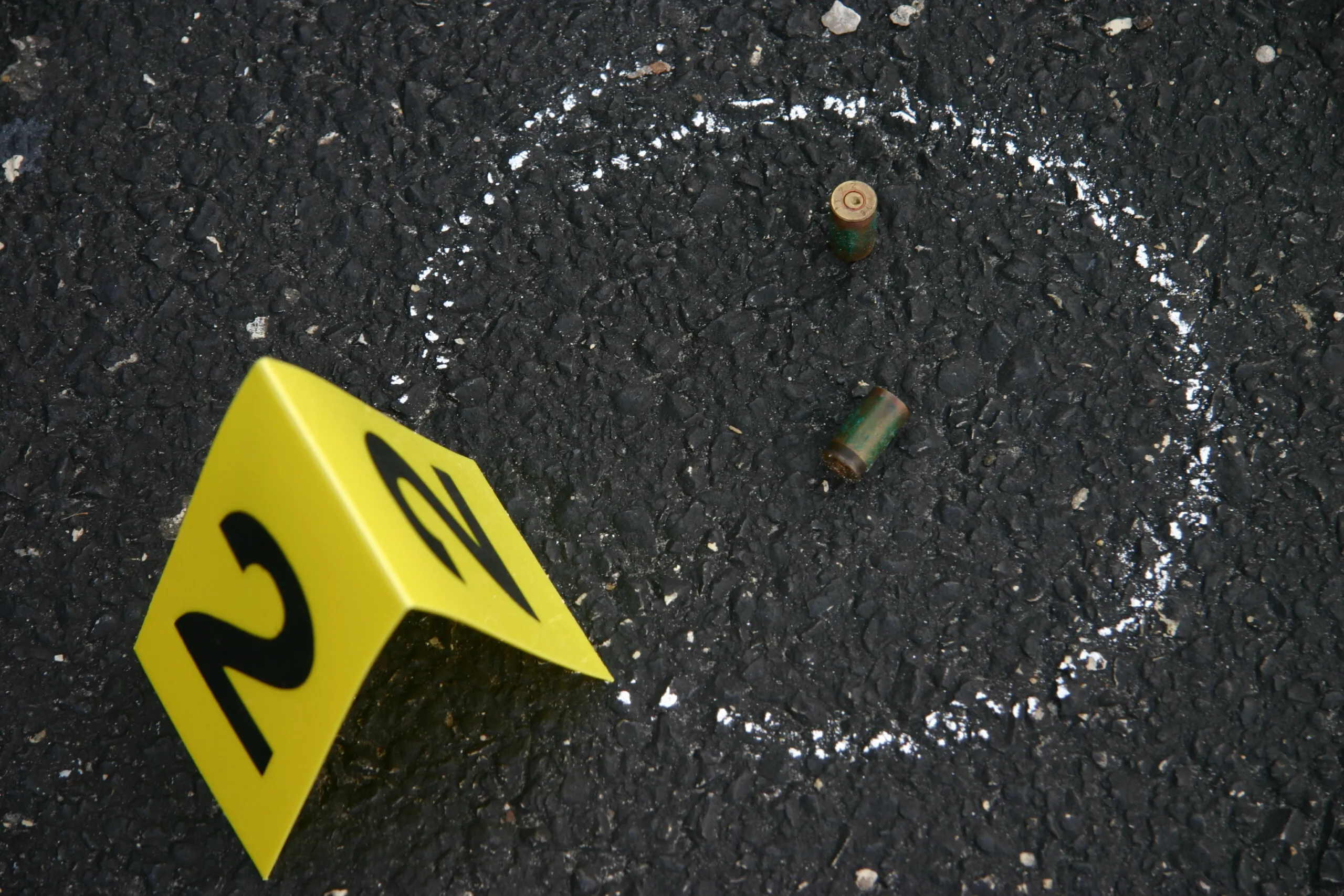A public safety company has purportedly adapted its gunshot detection service to now listen for human voices. Dubbed “Distress Detection,” the listening devices and service aims to “detect sounds of human distress and cover the blind spots that cameras miss.”
The move has drawn criticism from privacy advocates, particularly the Electronic Frontier Foundation (EFF), who have raised serious civil liberties concerns.
From a gunshot detection perspective, monitoring for human voices can lead to an abundance of false alerts – alerts that can be generated when people are raising their voices, but no violence is occurring. As law enforcement responds, this results in unnecessary disruption and eroding trust in the community
In light of this, we want to reassure ShotSpotter customers and the communities they serve that ShotSpotter technology does not and will not ever listen for the sounds of human voices. Our technology will continue to focus solely on gunshots, not voices. This is part of our commitment to community privacy, which is fundamental to our service and product.
How ShotSpotter Works
ShotSpotter is designed exclusively to detect loud, explosive, impulsive sounds that may represent gunfire. These sounds are outside the range of human voices – even loud ones. To do this, our system uses:
- Acoustic sensors connected to a cloud-based application that detect and locates gunshots through triangulation.
- A sophisticated machine learning algorithm that filters out non-gunshot sounds, such as fireworks and helicopters.
- Human expert review by trained acoustic specialists in our 24/7 Incident Review Center (IRC), who verify all alerts before they reach law enforcement.
The entire process – from detection to verified alert – takes less than 60 seconds, and focuses solely on identifying gunfire incidents.
ShotSpotter’s Built-In Privacy Protections
Our commitment to privacy is enforced through multiple technical and procedural safeguards:
- Strict Technical Controls: Our sensors only trigger on loud explosive or impulsive sounds that are likely gunfire – never on human voices.
- Zero Personal Data Collection: No community member’s information is obtained or used during any part of the detection or alerting process.
- Limited Recording Scope: Sound snippets only include the recording of potential gunfire, with one second before and after to establish a baseline noise level.
- Automatic 30-Hour Deletion: Stored audio is automatically deleted after 30 hours. Neither police nor third parties ever have direct access to this audio.
- No Streaming Capability: Live streaming of sensor audio is not possible by company employees, police, or third parties.
Our privacy policies have also been independently verified. SoundThinking voluntarily submitted to a third-party privacy audit from New York University’s Policing Project, which concluded that “the risk of voice surveillance was extremely low in practice.” The audit received widespread acclaim from independent academics and privacy commission members who were not involved in conducting the review.
Our Commitment Moving Forward
ShotSpotter delivers real-time, precise gunfire detection that alerts police within seconds of a shooting – reducing response times, helping save lives, and improve community safety by revealing incidents that could otherwise go unreported. We accomplish this mission while respecting community privacy. Regardless of other emerging technologies in this space, we do not (and will not) collect, analyze, or store human voice data.
For more information about our community privacy protections, visit: soundthinking.com/community-privacy-toolkit.





